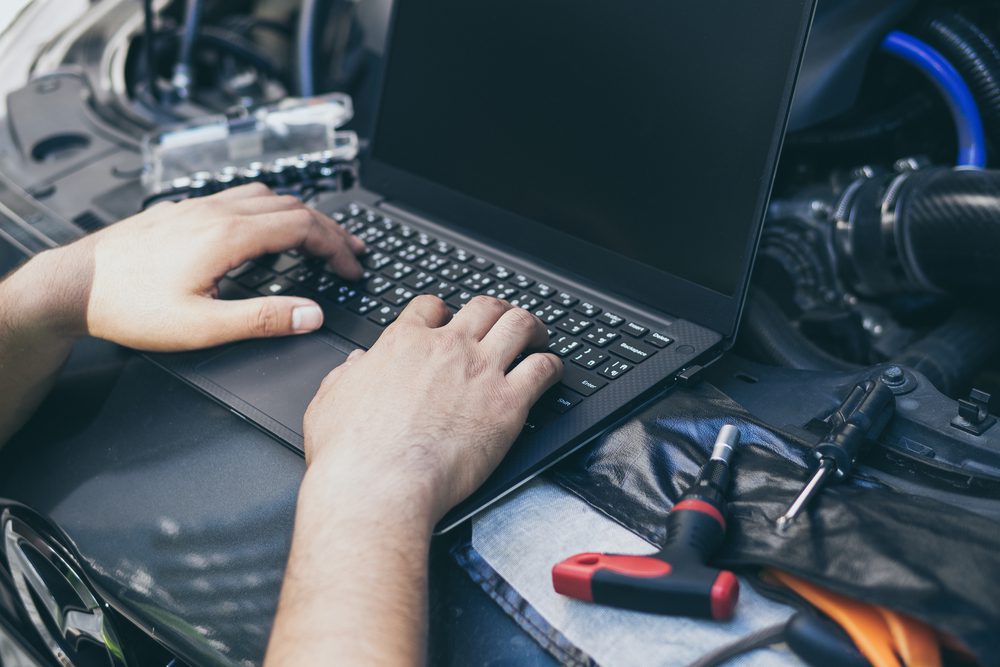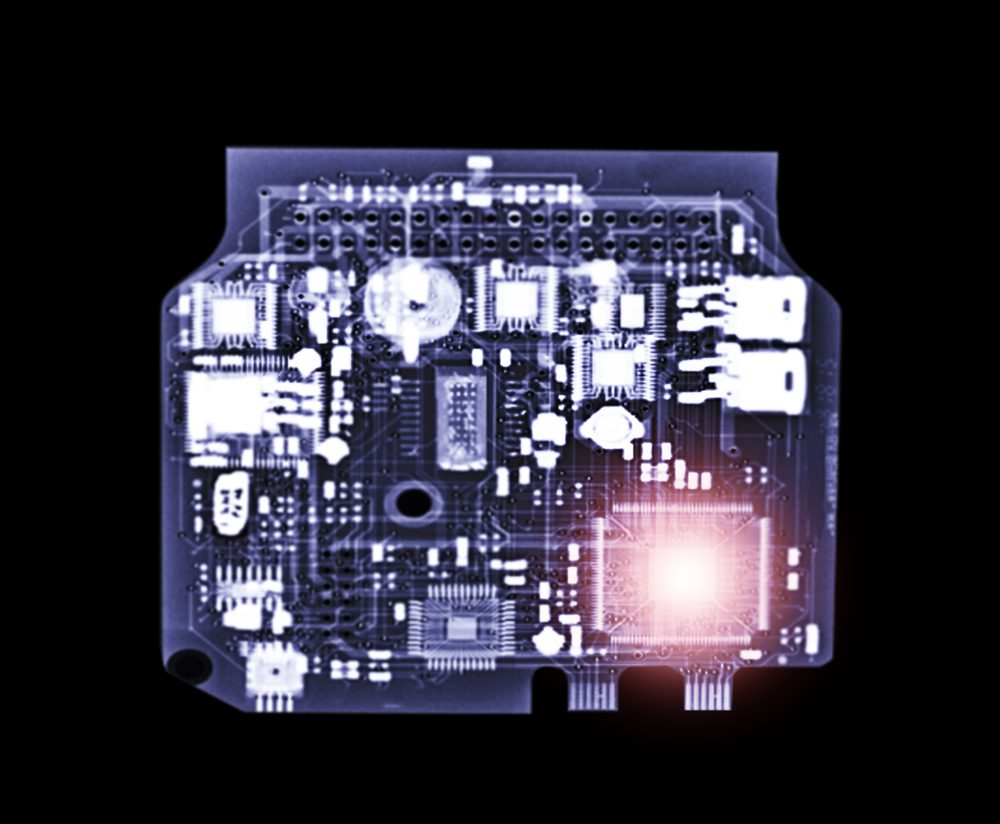How do I reset my ECU with OBD?
Resetting the Engine Control Unit (ECU) using On-Board Diagnostics (OBD) is a common practice for troubleshooting and maintaining your vehicle’s performance. The ECU is responsible for controlling various aspects of your car’s engine, such as fuel injection, ignition timing, and emissions. Over time, the ECU may store incorrect data or encounter errors, which can affect the overall performance of your vehicle. Resetting the ECU can help resolve these issues and restore your car’s optimal performance.
Why would you need to reset your ECU?
There are several situations where resetting the ECU with OBD might be necessary:
- Performance Issues: If your vehicle is experiencing poor performance, such as reduced power or sluggish acceleration, resetting the ECU can be a potential solution.
- Check Engine Light: When the check engine light illuminates on your dashboard, it indicates that the ECU has detected a problem. Resetting the ECU might clear the error codes and turn off the check engine light.
- Modifications: If you have made modifications to your vehicle, such as installing a new exhaust system or air intake, resetting the ECU can ensure that it adjusts to the changes properly.
- Maintenance: Resetting the ECU periodically as part of your vehicle’s maintenance routine can help keep it running smoothly and efficiently.
How to reset your ECU with OBD:
The process of resetting the ECU with OBD may vary depending on the make and model of your vehicle. Here is a general step-by-step guide:
- Locate the OBD-II port in your vehicle. This port is usually found under the dashboard on the driver’s side.
- Plug the OBD-II scanner into the port. Ensure that the ignition is off before connecting the scanner.
- Turn on the ignition without starting the engine. The scanner should power on and display various options.
- Select the option to read and clear error codes or reset the ECU. The exact wording may vary depending on the scanner.
- Follow the on-screen prompts to reset the ECU. This process may take a few minutes to complete.
- Once the ECU has been reset, turn off the ignition and disconnect the scanner from the OBD-II port.
It is important to note that resetting the ECU will erase all stored data, including learned driving habits and fuel trims. After resetting, the ECU will need to re-learn these parameters, which may affect the initial performance of your vehicle for a short period.
Consulting a professional:
If you are unsure about resetting the ECU yourself or if the issues persist even after resetting, it is recommended to consult a professional mechanic or technician. They have the expertise and specialized equipment to diagnose and address any underlying problems with your vehicle.
Remember to always refer to your vehicle’s manual or consult with a qualified mechanic for specific instructions related to your car’s make and model.
A well-maintained ECU can contribute to improved performance and efficiency of your vehicle. Resetting it using OBD can help troubleshoot and resolve various issues, providing a smooth driving experience.
Can an OBD2 scanner reset the ECU?
When it comes to resetting the Engine Control Unit (ECU) of your vehicle, an OBD2 scanner can be a handy tool. The ECU is responsible for controlling various aspects of your car’s engine, including fuel injection, ignition timing, and emissions. Sometimes, it may be necessary to reset the ECU to resolve certain issues or clear error codes.
But can an OBD2 scanner really reset the ECU? The answer is both yes and no, depending on what you mean by “reset.”
Resetting Error Codes
An OBD2 scanner can indeed reset certain error codes stored in the ECU. By connecting the scanner to the OBD2 port of your vehicle and accessing the ECU, you can clear these codes. However, it’s important to note that this does not necessarily mean that the ECU itself is being reset.
Clearing Adaptive Data
On the other hand, if by “reset” you mean clearing the adaptive data stored in the ECU, an OBD2 scanner may not have the capability to do so. Adaptive data includes information related to fuel trim values, idle speed, and other parameters that the ECU learns over time to optimize engine performance.
In order to reset the adaptive data, a more advanced diagnostic tool may be required, such as a dealership-level scan tool or software.
Performing a Hard ECU Reset
In some cases, a hard ECU reset may be necessary. This involves disconnecting the battery for a certain period of time to completely drain any power from the ECU and reset its internal memory. However, it’s important to note that this method may also reset other settings in your vehicle, such as radio presets and the clock.
Conclusion
In summary, while an OBD2 scanner can reset certain error codes stored in the ECU, it may not have the capability to reset adaptive data or perform a hard ECU reset. If you are unsure about which type of reset is needed for your specific issue, it’s always best to consult a professional or refer to your vehicle’s manufacturer guidelines.



